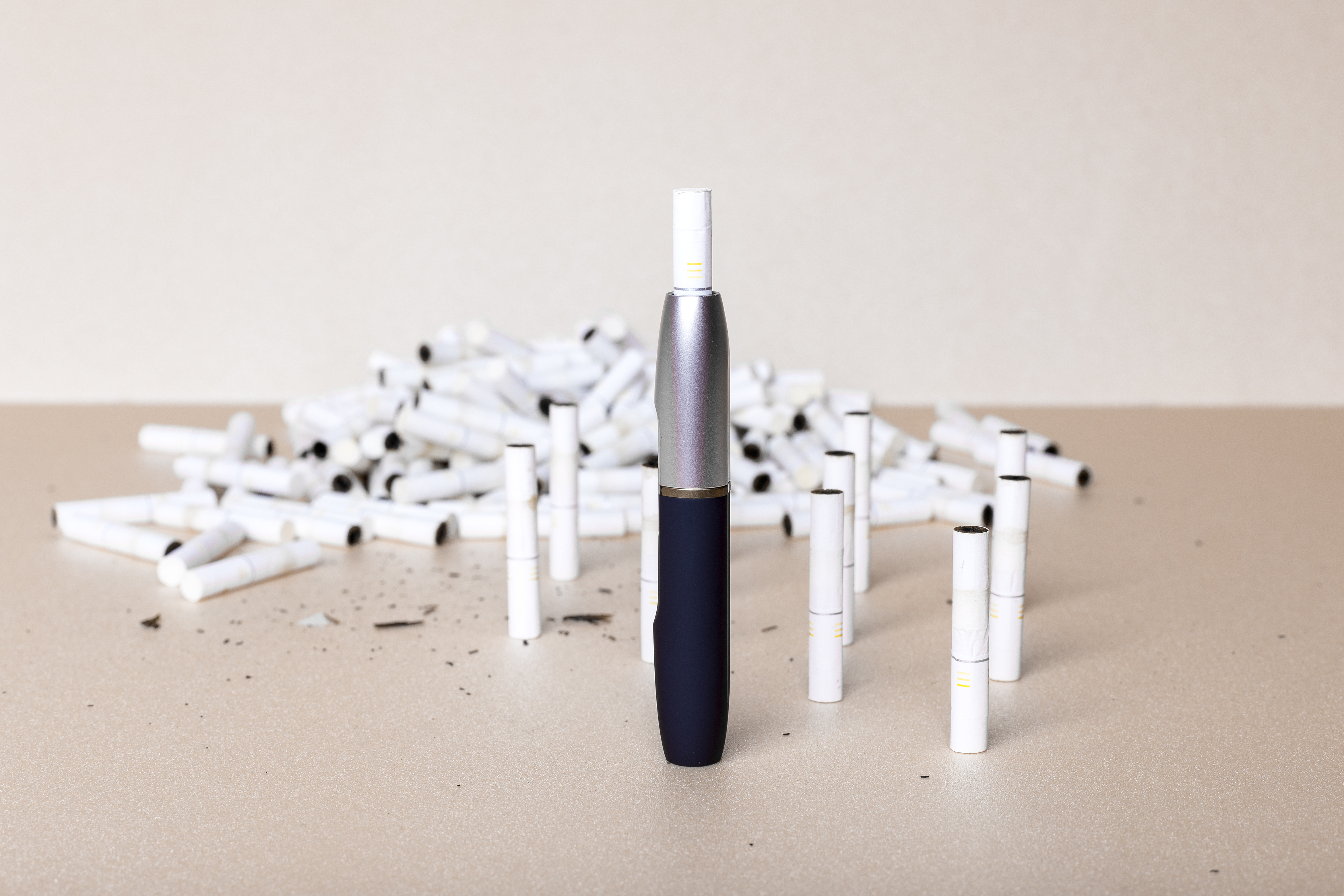About 12 percent of the young adults surveyed were aware of heated tobacco products and 5 percent reported using the products at some point in their life. The devices heat—but do not burn—tobacco to produce a nicotine-containing aerosol that is inhaled, similar to what occurs in smoking cigarettes or vaping e-cigarettes.
Previous use of tobacco products, use of marijuana or other drugs, and use of multiple tobacco products all were associated with a higher chance that a young adult had used heated tobacco products.
The study, published online by the journal Nicotine & Tobacco Research, is one of the first to ask young adults in the U.S. about their awareness and use of heated tobacco products.
“Most people don't even know about these products, but they are what we will see promoted by the tobacco industry in the U.S. market over the next couple years,” said Michael S. Dunbar, the study's lead author and a behavioral scientist at RAND, a nonprofit research organization. “While some of these products are relatively new to the U.S., we found evidence that they may be making inroads among some young people.”
Heated tobacco products are a diverse group of devices that heat tobacco to temperatures below combustion to produce an aerosol instead of smoke. They are different from vaping products, which heat a liquid containing nicotine to produce a vapor. As with vaping products, some heated tobacco products devices—such as dry herb vaporizers—also can be used to consume tobacco mixed with marijuana or marijuana alone.
Because they do not burn tobacco, heated tobacco products may expose consumers to lower levels of toxic chemicals than cigarettes. However, the health effects associated with heated tobacco products and their public health risks are unknown.
Although versions of heated tobacco products have been available for many years, tobacco companies have just recently begun to market new-generation products as alternatives to cigarettes. Sales of these newer products are expected to increase exponentially in the future.
RAND researchers surveyed 2,497 young adults during 2018–2019 who have been long-term participants in an ongoing RAND project examining multiple factors about the use of alcohol, tobacco, marijuana and other drugs. Most of those in the study lived in California.
Men were more likely to report awareness and use of heated tobacco products than women, while use and knowledge about the products were lower among those in college compared to those who were not enrolled.
While some people see novel devices such as heated tobacco products as a way for those who smoke to reduce cigarette use and lower the harms caused by smoking, others see these products as yet another way to use tobacco in an increasingly diverse tobacco product landscape.
More than 40 percent of those who reported awareness or lifetime use of heated tobacco products had used some other tobacco product during the past month. Among young people who currently smoked cigarettes, rates of heated tobacco product use were higher in those who were more dependent on smoking, those who currently used multiple types of tobacco products and those who used marijuana.
“Earlier research suggests that using multiple tobacco products and smoking marijuana can make it harder for people to quit cigarettes in the future,” Dunbar said. “Further work is needed to understand patterns and motivations for using heated tobacco products, including whether or not young people are actually using these products as a way to transition entirely off of smoking cigarettes.”
The study also found that a sizable proportion of people (14 percent) who reported using heated tobacco products said they had not previously used any other tobacco products.
“This suggests that heated tobacco products may not exclusively appeal to people who already use tobacco,” Dunbar said. “As these new products become increasingly accessible in the U.S., monitoring their use among tobacco-naïve individuals will be critical to understanding their potential public health impact.”
Support for the study was provided by the California Tobacco-Related Disease Research Grants Program of the University of California and the National Institute on Alcohol Abuse and Alcoholism.
Other authors of the study are Rachana Seelam, Joan S. Tucker, Anthony Rodriguez, Regina A. Shih and Elizabeth J. D'Amico.
The RAND Social and Economic Well-Being division seeks to actively improve the health, and social and economic well-being of populations and communities throughout the world.

